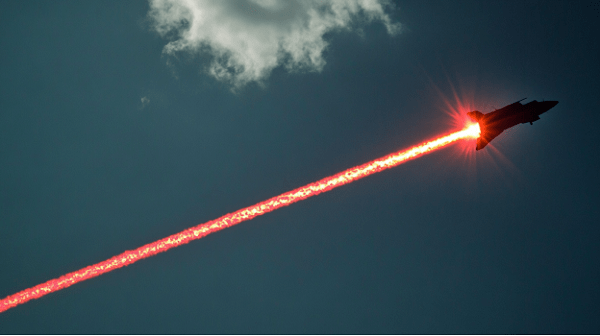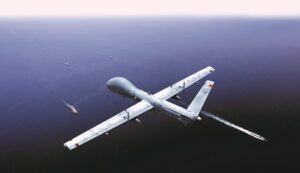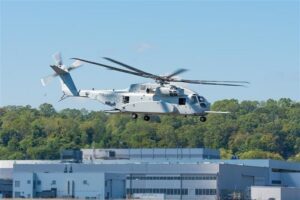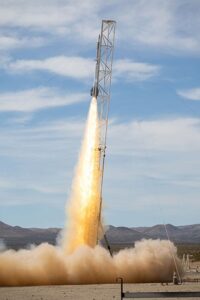Ukraine has joined a short-list of countries that have deployed an anti-drone laser weapon, raising interest in the directed energy weapons (DEWs) market
The global DEW market was worth $6.7 billion in 2024 and is expected to grow at a 17.6% CAGR. Photonics experts raise cost-effectiveness as one of the most appealing factors for the worldwide adoption of DEWs, but technological and strategic challenges still exist.
Recently, Ukraine has demonstrated its first laser weapon, Tryzub, developed in less than 2 months. Despite that, only less than 10 countries are known to wield such weapons today.
According to photonics experts from Altechna – a global custom laser optics manufacturing company – directed energy weapons (DEWs) will become a key part of defense and military operations due to their cost-effectiveness and durability in the upcoming years.
DEWs offer a new approach to defense – one of the most expensive industries. For instance, the UK’s DragonFire laser system can neutralize aerial threats at $13 per shot, compared to missiles that could cost up to $111M.
While experts emphasize that we could soon expect defense tools that are hundreds of times cheaper than widely adopted technologies, there are also some limitations.
“Even though we often talk about the cost-effectiveness of the end product, a single shot, we have to understand that there’s a whole path to reach that,” stated Antanas Laurutis, CEO of Altechna. “Size is one of the constraints. Eventually, it should become portable enough to be deployed both on the ground and in the air. Another crucial aspect is the optics behind – it has to be durable enough to withstand huge power needs.”
To ensure that such weapons don’t overheat and break, several parameters are being improved in the industry. For this use case, laser optics must have a high Laser-Induced Damage Threshold (known as LIDT) and low absorption rates.
That helps ensure long-term durability by reducing the degradation over time, known as laser fatigue. Thus, DEWs can keep firing cheap shots without frequent maintenance or costly component replacements.
This reliability is one of the reasons more countries are accelerating investments in laser-based defense systems.
„The development of DEWs is fast, yet their adoption varies across countries. The U.S. has already invested billions in laser weapon development, but it seems that the development is more experimental at the moment. The UK, Israel, Russia, China, France, India, and Turkey are also working on their own laser weapons projects. While these are clear signs that laser DEWs are close to operational readiness, progress remains fragmented,“ continued Antanas Laurutis.
Europe is taking a more coordinated approach to DEWs with projects like TALOS-TWO, of which Altechna is a part.
Alongside countries increasing funding for the defense sector, this initiative unites industry and defense experts to develop high-power laser systems with other Member States.
The project outlines that this is a strategic shift to integrate DEWs in European defense programs both as a continent and locally.
As systems move from concept to deployment, the way we approach modern warfare is also shifting, experts reveal. Unlike traditional arms, DEWs are built with a fundamentally different purpose in mind.
„Traditional missiles and drones are designed for large-area impact. Laser weapons are built for precision and control,“ explained Deividas Buinovskis, CTO of Altechna. „Their primary role is for defensive purposes, such as intercepting and neutralizing threats like unmanned aerial vehicles – drones, rockets, or mortar shells. DEWs can do it with extreme accuracy. Using such weapons prevents wide-scale destruction, such as missile strikes leveling infrastructure, artillery bombardments, or ballistic missile attacks.“
Changing views toward defense are affecting the markets as well. The global directed energy weapons market was valued at approximately $6.7 billion in 2024 and is projected to grow at a compound annual growth rate (CAGR) of 17.6% from 2025 to 2034.
This growth is driven by increasing investments in advanced defense technologies, which are meant to deal with threats such as drones and unmanned aerial vehicles.
„DEWs offer a huge upgrade in defense capabilities with more precision, scalability, and cost-effectiveness. However, widespread adoption depends on overcoming technical challenges, such as beam stability and power efficiency. Similarly, there has to be a clear operational strategy and strong international collaboration,“ concluded Buinovskis.







